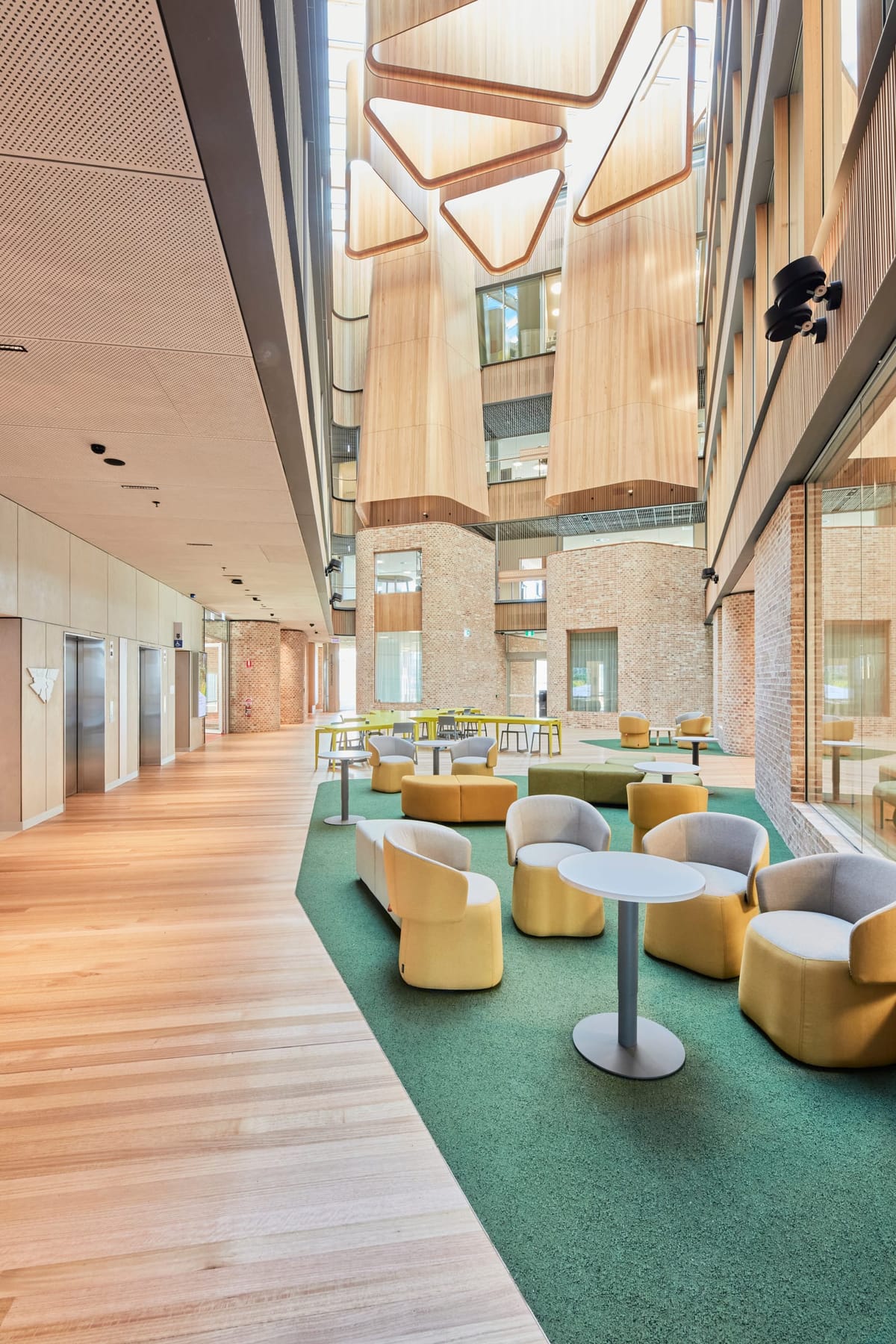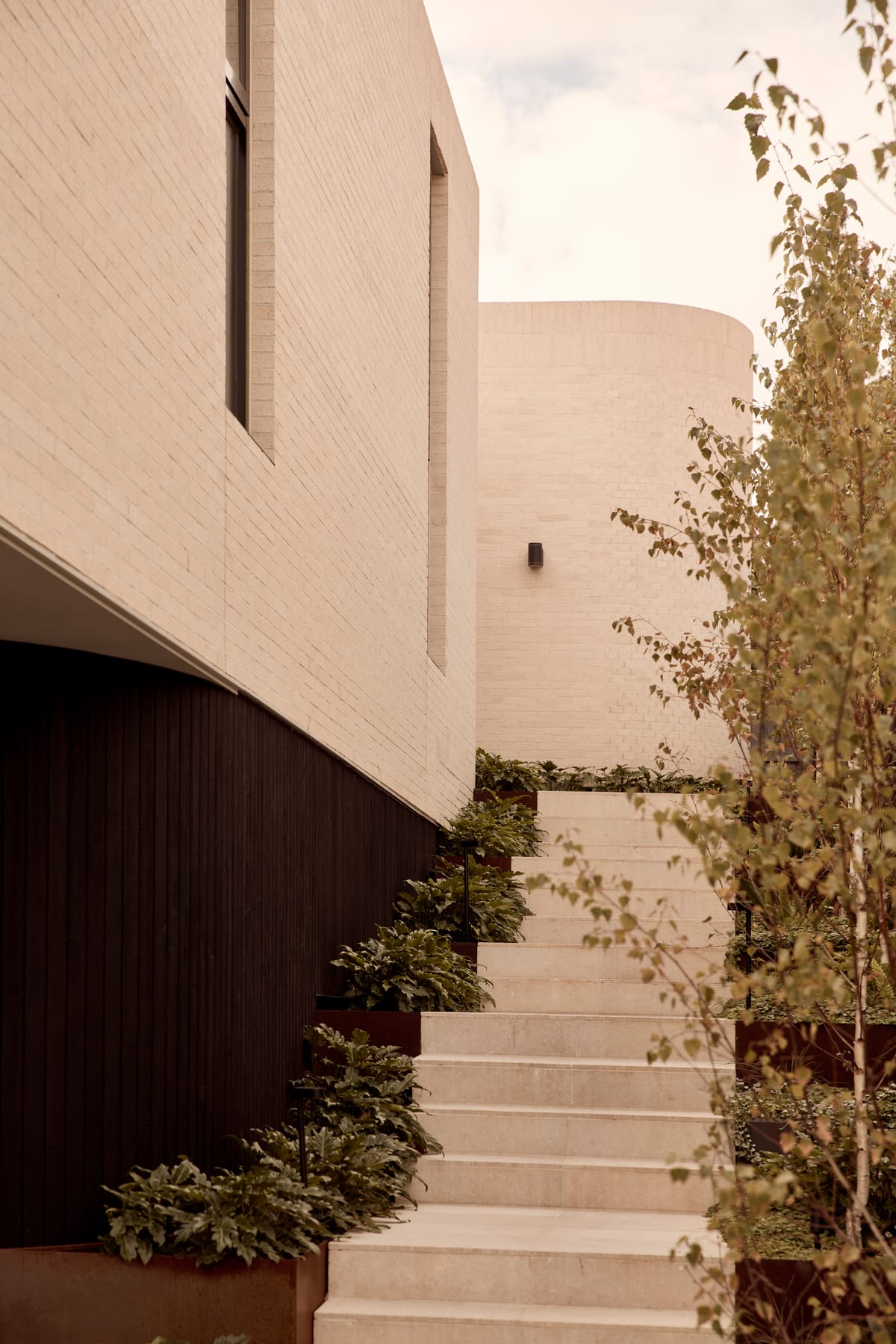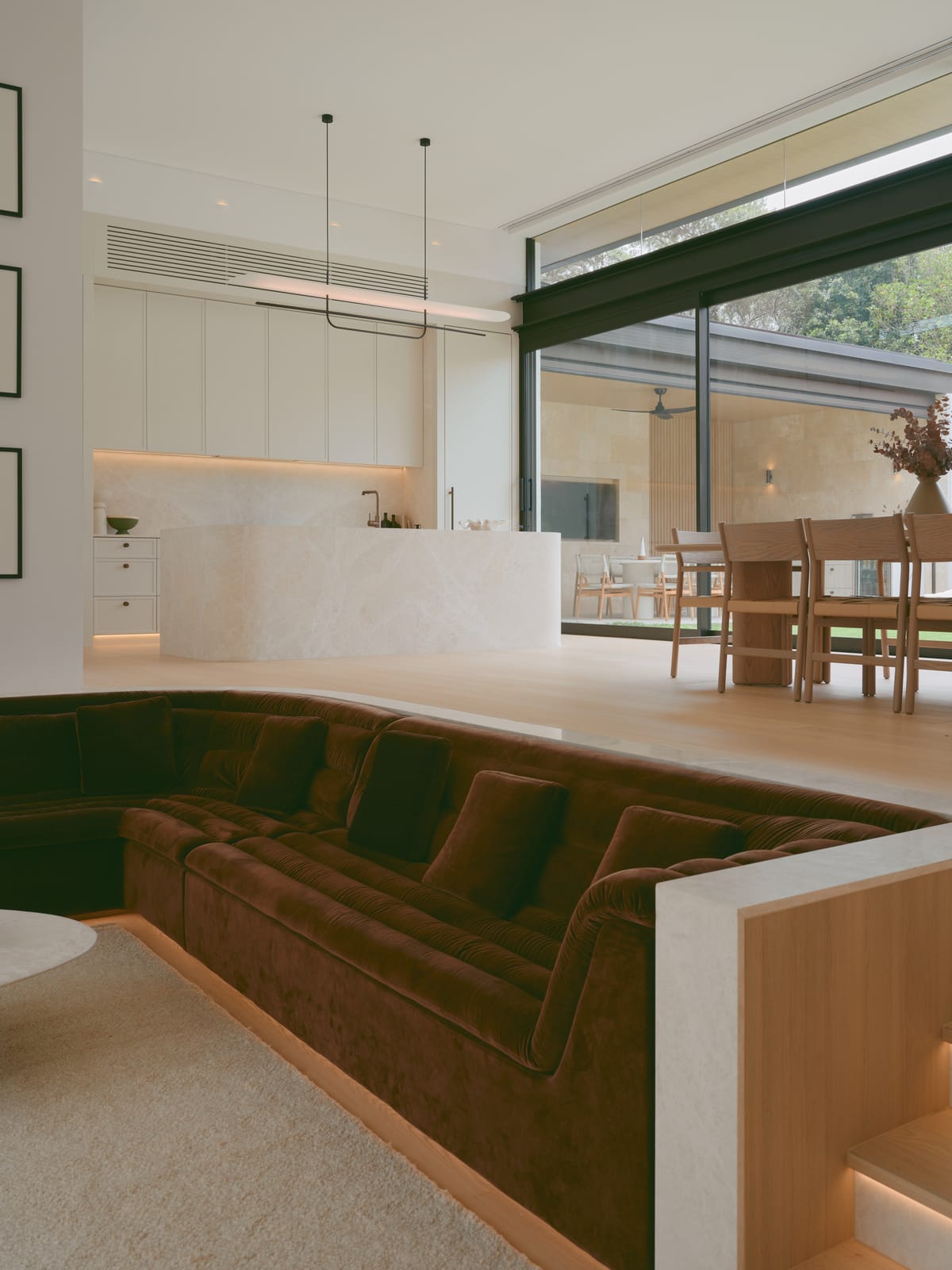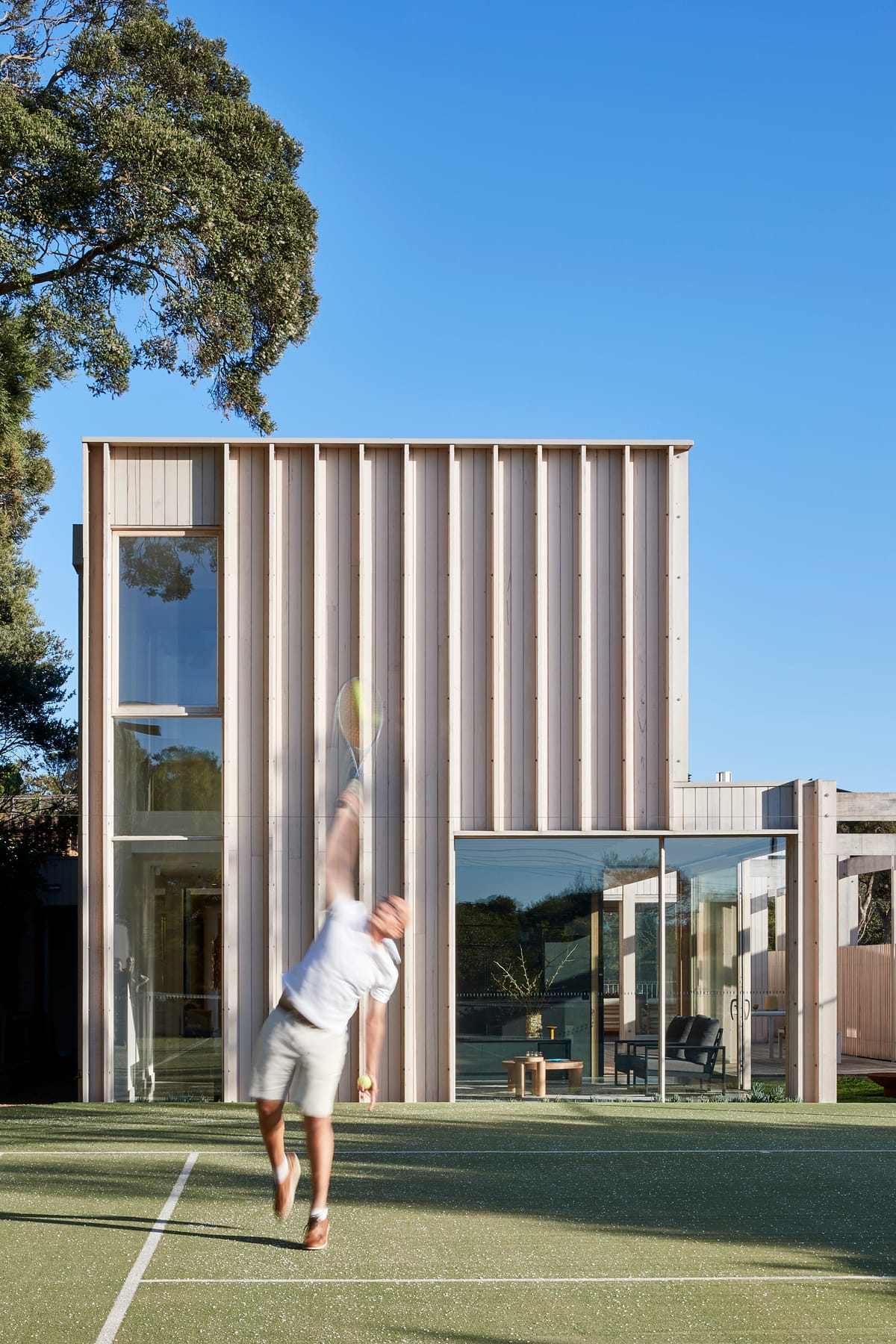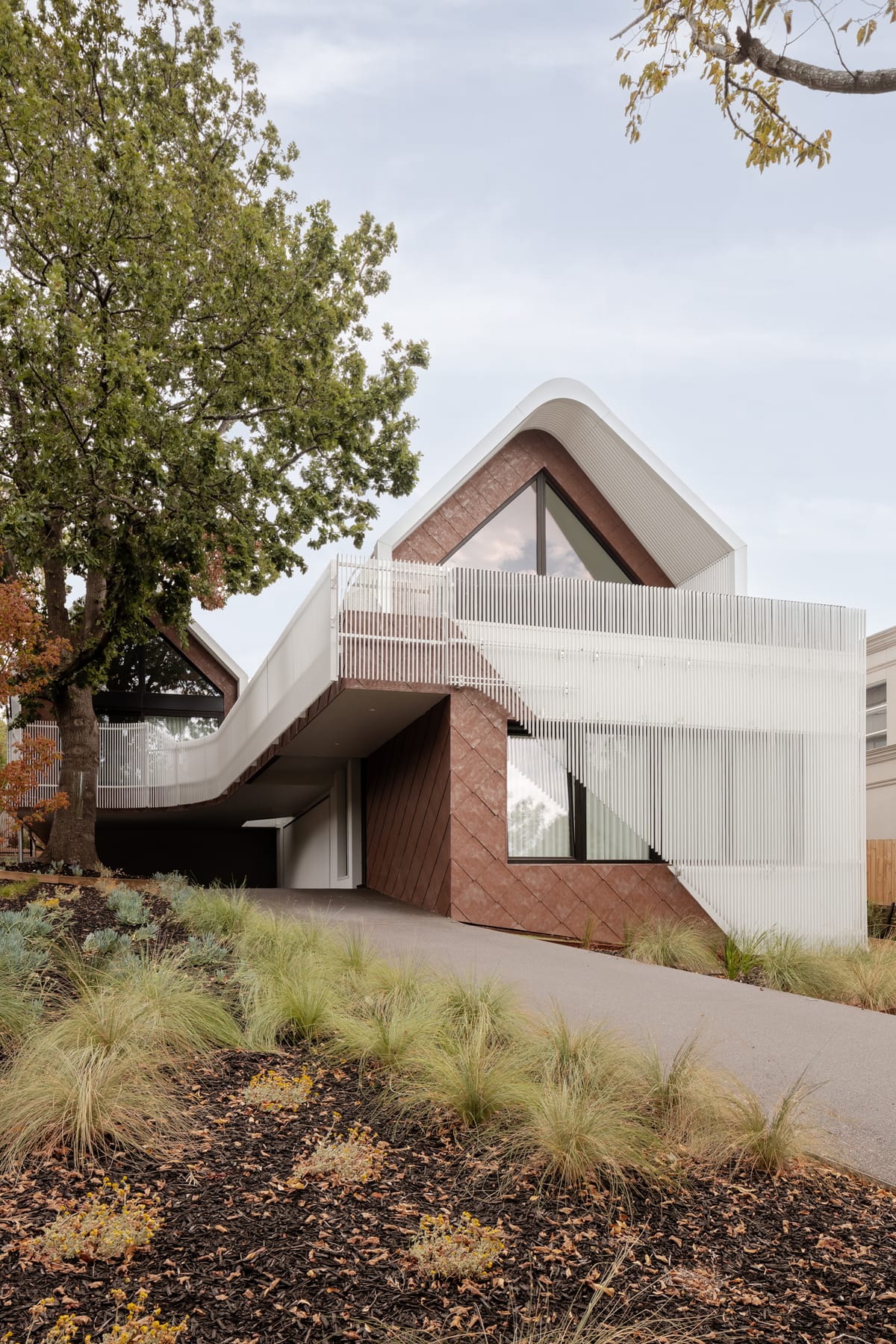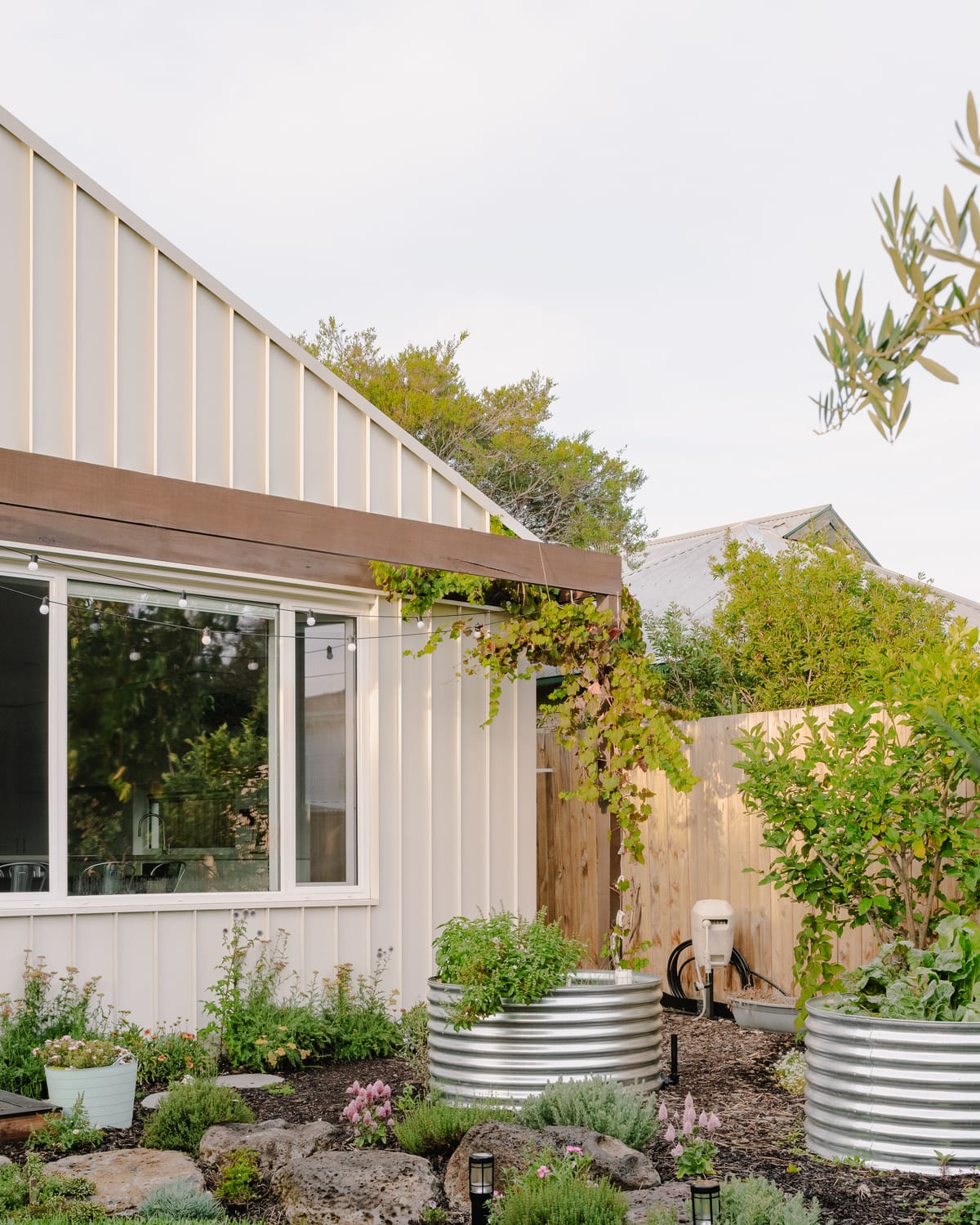In partnership with Tasmanian Timber
Unveiled in July 2023, this landmark project forms a pivotal element of the University's visionary Northern Transformation Programme.
Building on the foundations laid by the pioneering Inveresk Library, River’s Edge not only continues the legacy of innovative design but also serves as an example of sustainable construction and responsible resource utilisation, showcasing the remarkable potential of Tasmanian Timber in modern architecture.
River's Edge, designed by Wardle as a companion to the Willis Street Building, "The Shed," reflects a conscious effort to minimise environmental impact while supporting the local economy. Funded by the Launceston City Deal and other government and institutional contributors, the project aligns with the Tasmanian Wood Encouragement Policy. This policy champions the use of sustainably sourced wood, particularly in new constructions and refurbishments.
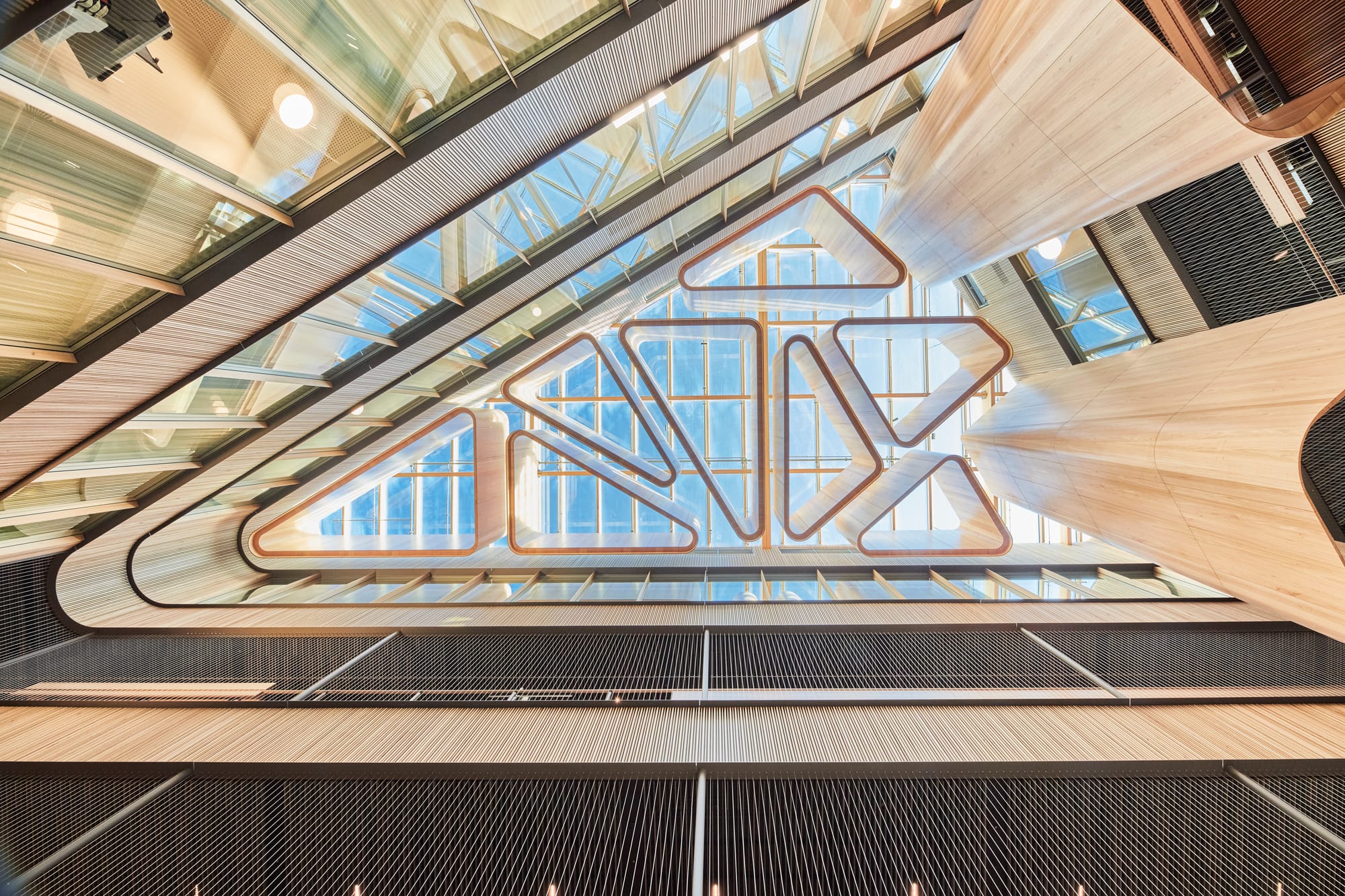
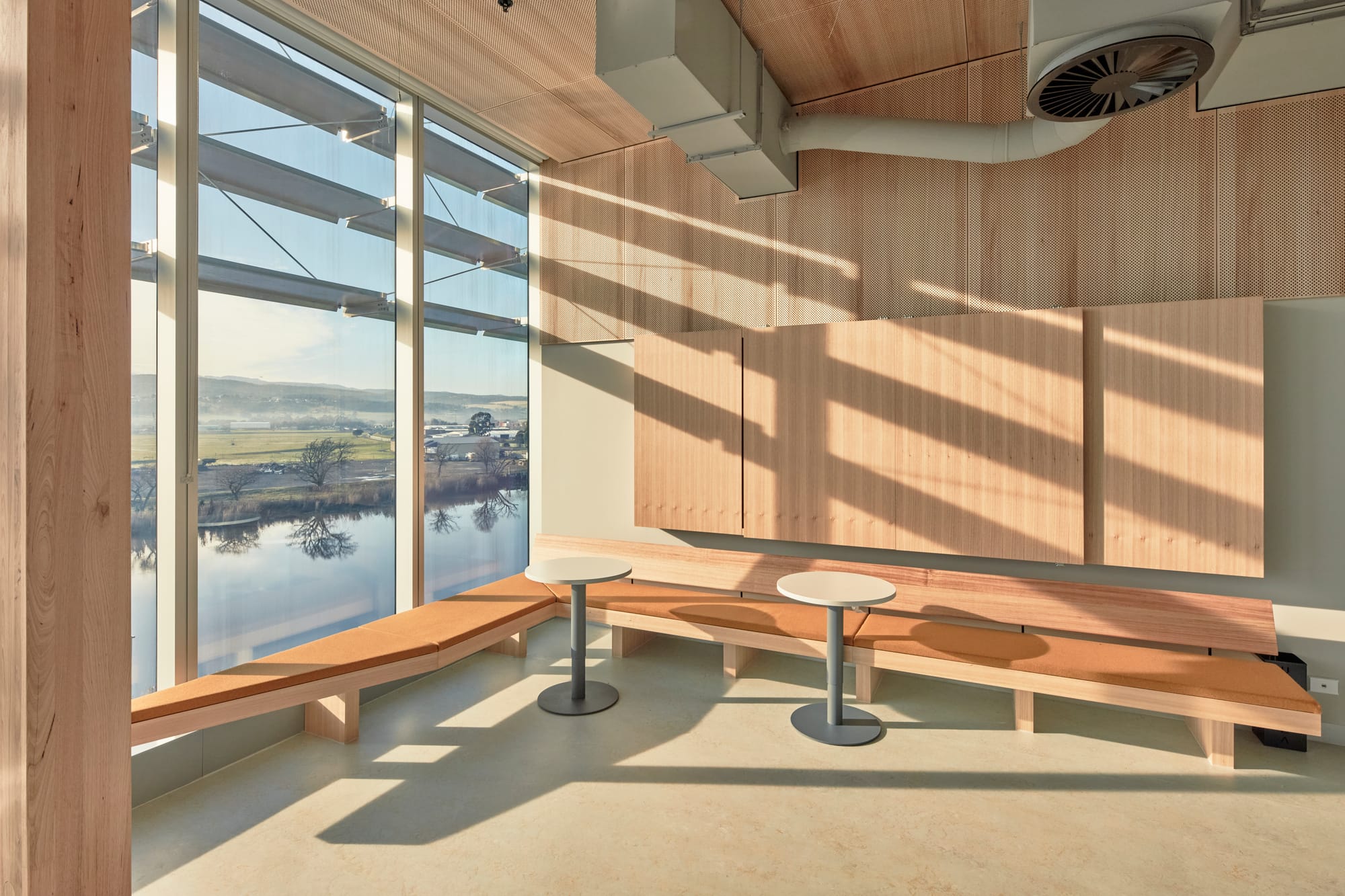
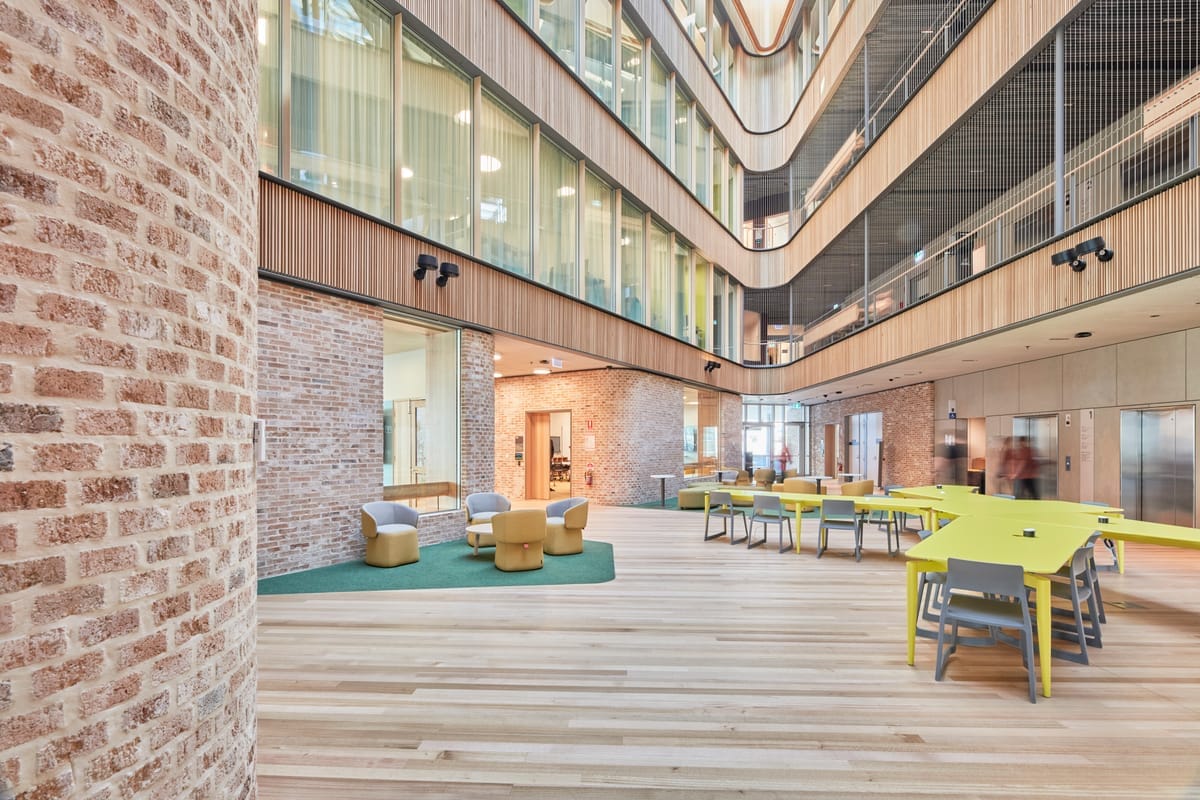
Associate Principal Architect Samuel Clegg from Wardle articulates the project's ethos,
"To start the conversation to incorporate Tasmanian timber into the build, we did a deep dive into the local timber industry to see what opportunities were available. This approach ensured the Tasmanian public could not only accept but embrace the building."
Choosing Tasmanian Oak was pivotal in achieving a 32.5 per cent reduction in embodied carbon compared to similar projects.
"Timber is much lower in embodied carbon, especially when compared to the alternative. Timber was a logical choice," explains Clegg.
This decision dovetailed with other sustainable measures like passive solar principles and low-carbon concrete.
The versatility of Tasmanian timber was a key factor in its selection. From Blue Gum for durable flooring to Tasmanian Oak hardwood for refined structural elements, the range offered a "smorgasbord of applications" for River's Edge. The collaboration with Britton Timbers further expanded the possibilities, incorporating veneers, lining boards, handrails, custom furniture, and flooring into the design.
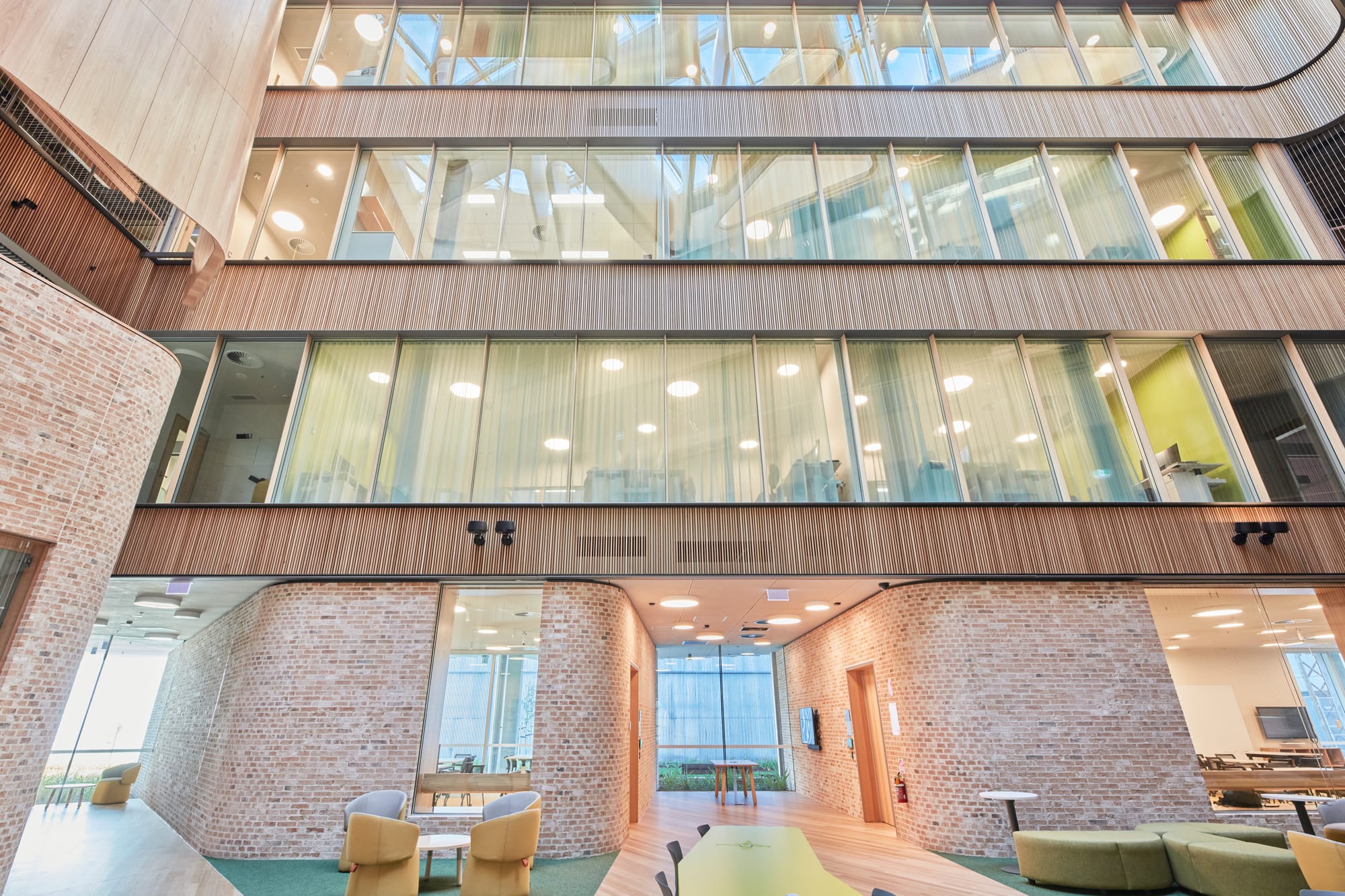
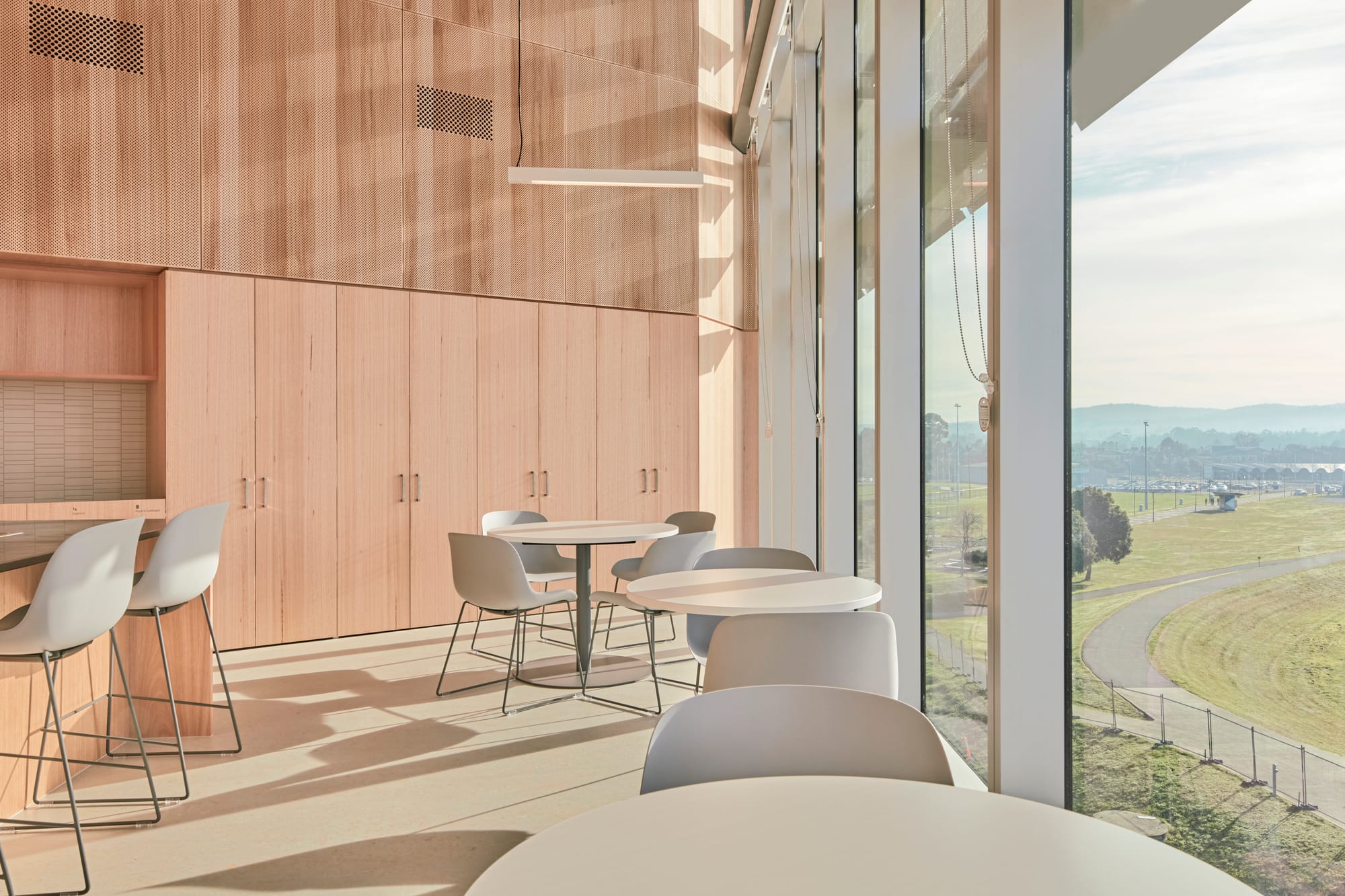
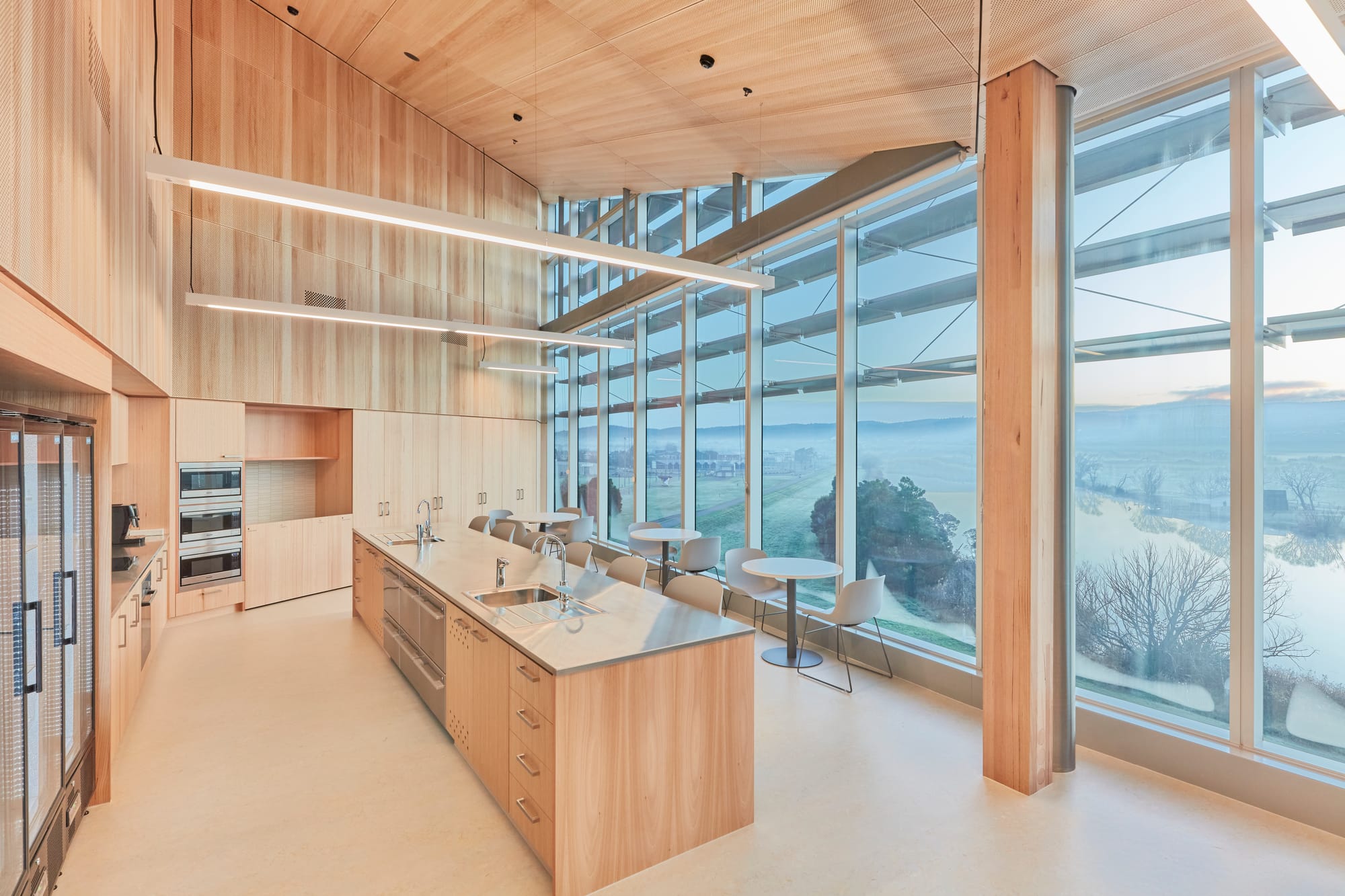
In collaboration with Britton Timbers, a range of Tasmanian Oak applications was explored, from veneers and lining boards to custom furniture and flooring. The project even incorporated mass timber elements and cross-laminated timber (CLT) stairs, showcasing the material's breadth of potential.
The extensive use of timber in River's Edge is a deliberate effort to deinstitutionalise the space, making it more welcoming and engaging.
"The warmth that timber exudes makes it feel like you’re walking into a house, not a university," says Clegg.
This approach reflects Wardle's long-standing commitment to using timber in innovative ways ensuring the material's suitability for each specific application. Wardle Partner James Loder notes,
'Tasmanian Oak has commonly been used in industrial buildings like Tasmania’s famous shearing sheds. Some of these buildings have been around for over 100 years and after 100 years of use, the timber is still fit for purpose. The fear of timber’s durability in settings like River’s Edge is unfounded. The weathering of timber is a part of its natural character. We need to embrace the ageing and wearing of timber as part of its use”.
River’s Edge transcends being just a building; it's a space of connection and unexpected delight.
“Upon entering the space, you have a good appreciation of what’s in the building. There’s great visibility up to the sky and down the corridors; there are no mysteries, which is a part of the design intent to make the building more approachable and help open the space to the community. It’s not a labyrinth of discreet rooms. The Riawunna Centre for Aboriginal Education within River’s Edge informed the design, drawing design elements up and into the ceiling. It’s a powerful space to be in,” says Clegg.
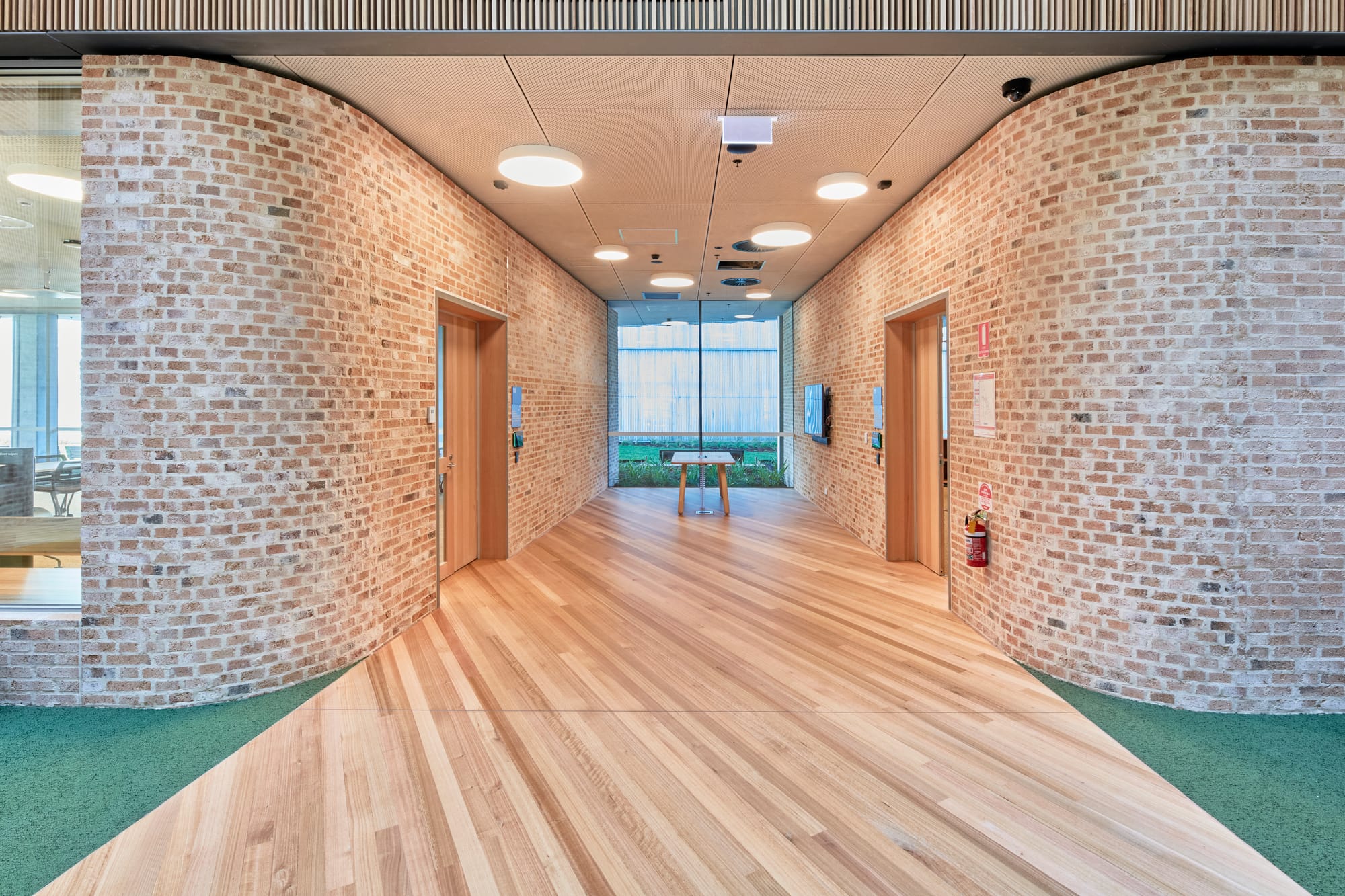
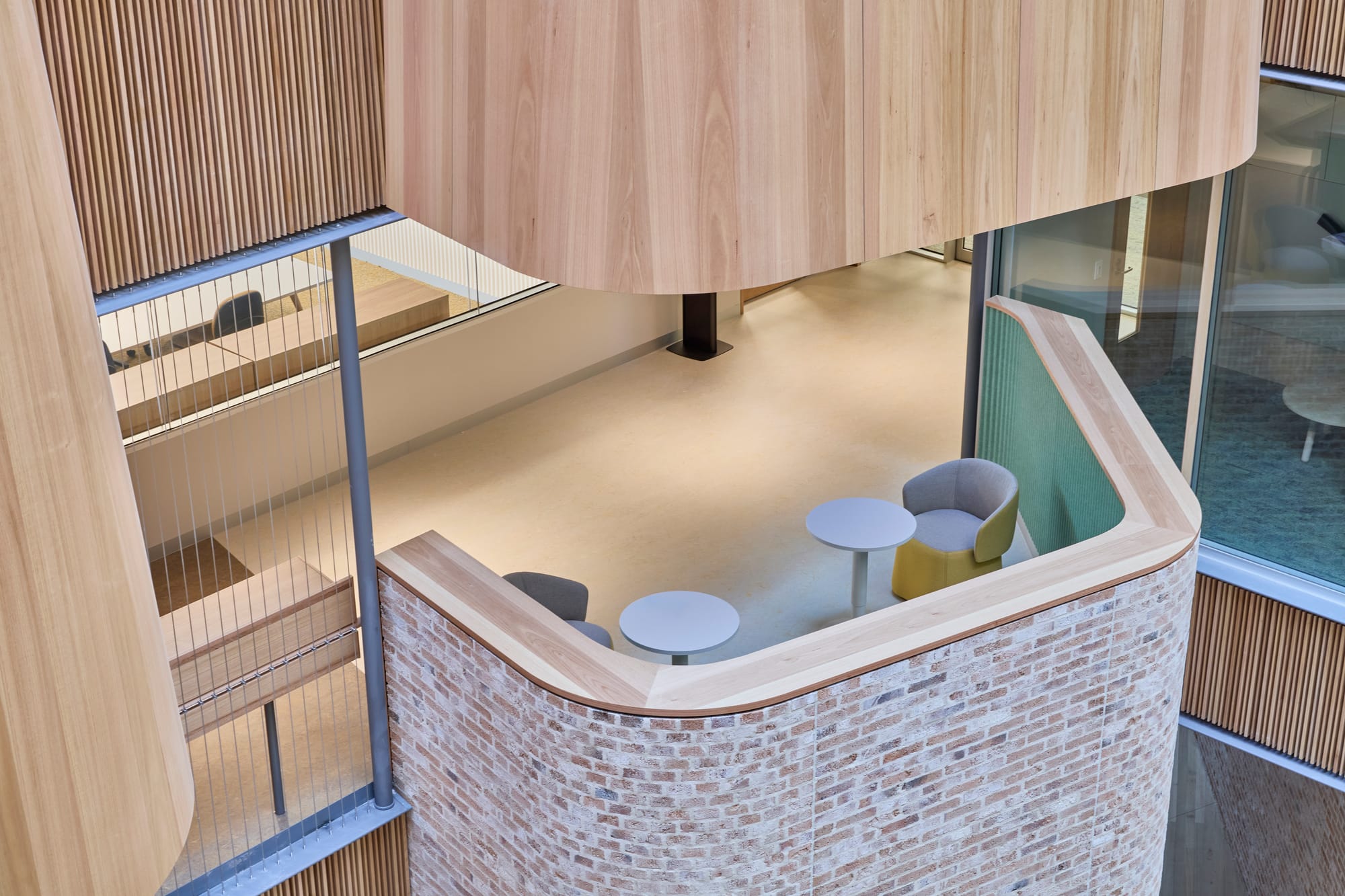
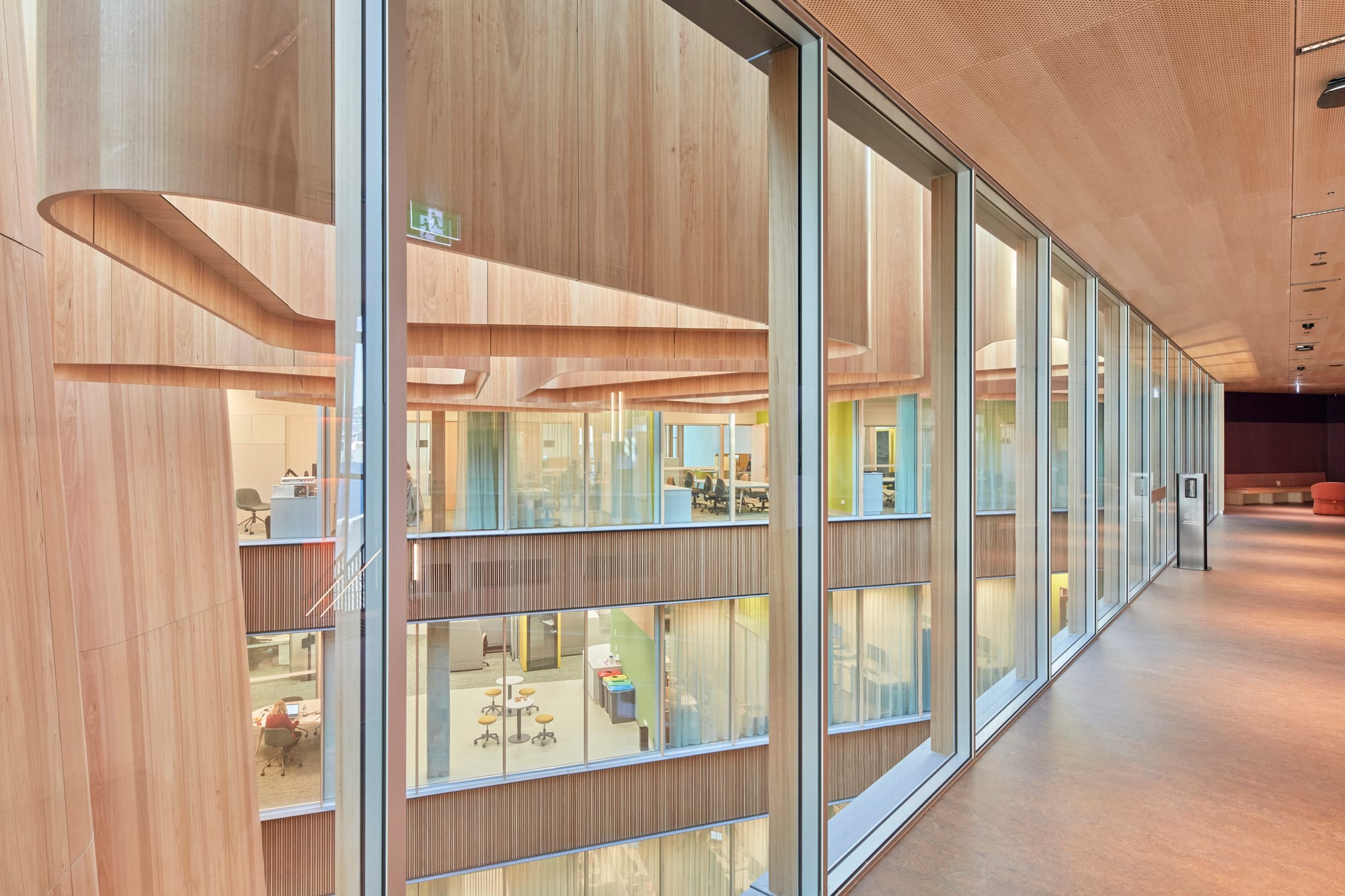
River’s Edge, through its innovative use of Tasmanian Oak, stands as a paradigm of sustainable design, local empowerment, and architectural excellence. It’s a space that not only serves its immediate educational purpose but also tells a story of a community deeply rooted in its natural resources and committed to their responsible use. This project, in partnership with Tasmanian Timber, is a beacon of hope and inspiration for sustainable architecture around the world.
This project article is part of our Tasmanian Timber series, which aims to spotlight the remarkable sustainability of this resource and the various projects and products that showcase its potential. To find out more about Tasmanian Timber, visit their website or Instagram.
Project Details
Location: Launceston, Tasmania
Architect/Designer: Wardle
Client: The University of Tasmania
Date Completed: 2023
Photographer: Dave Groves
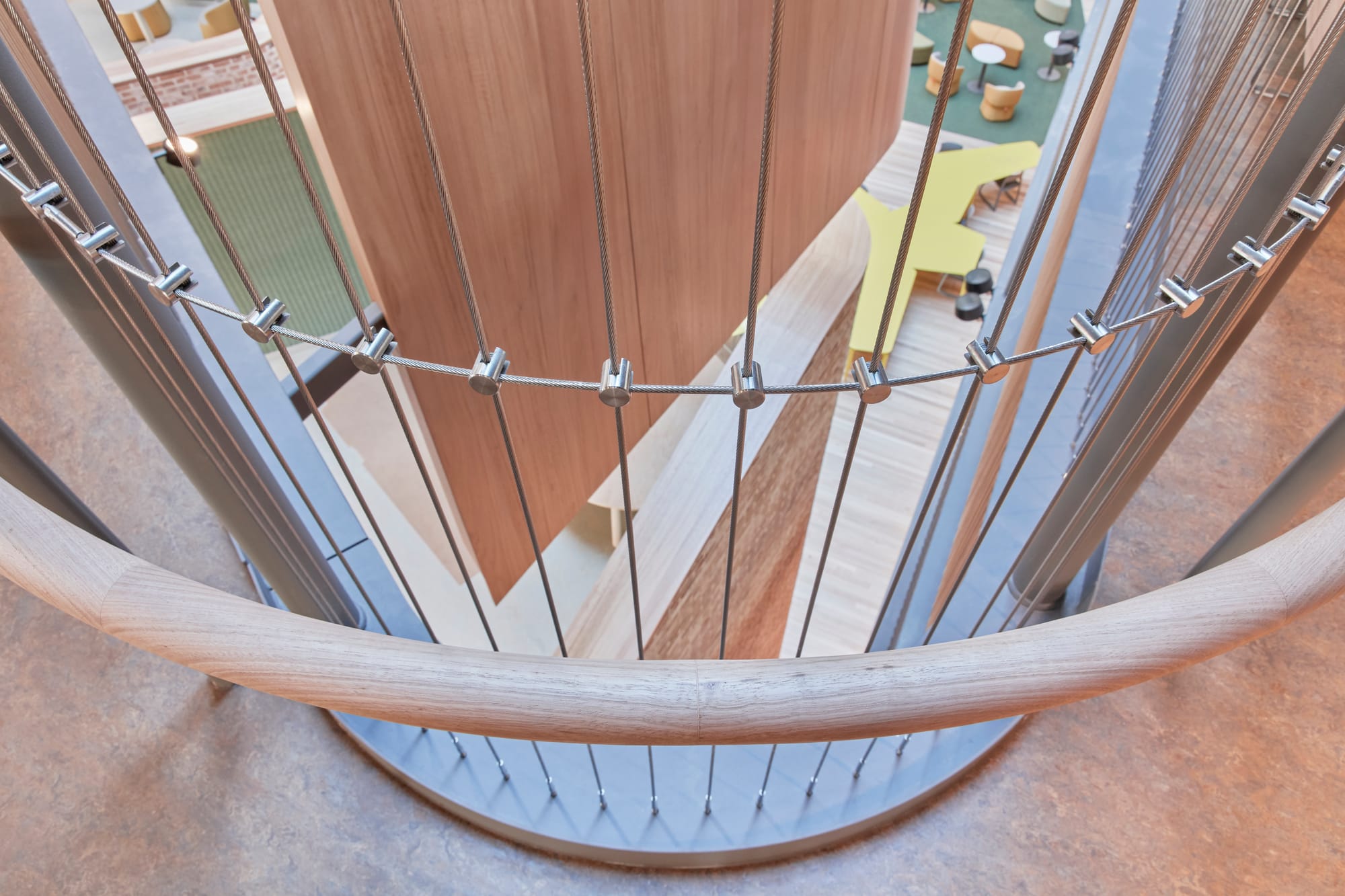
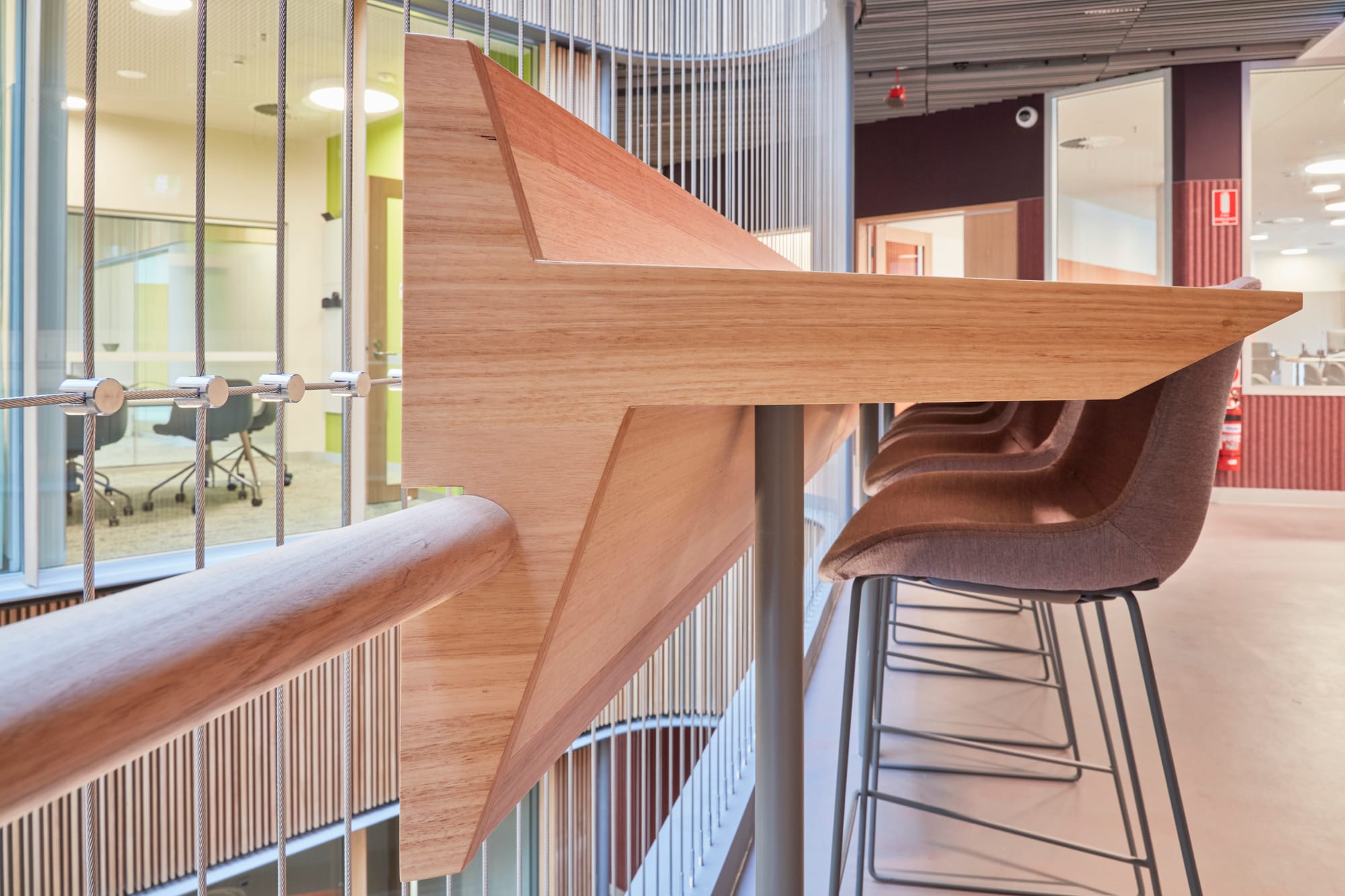
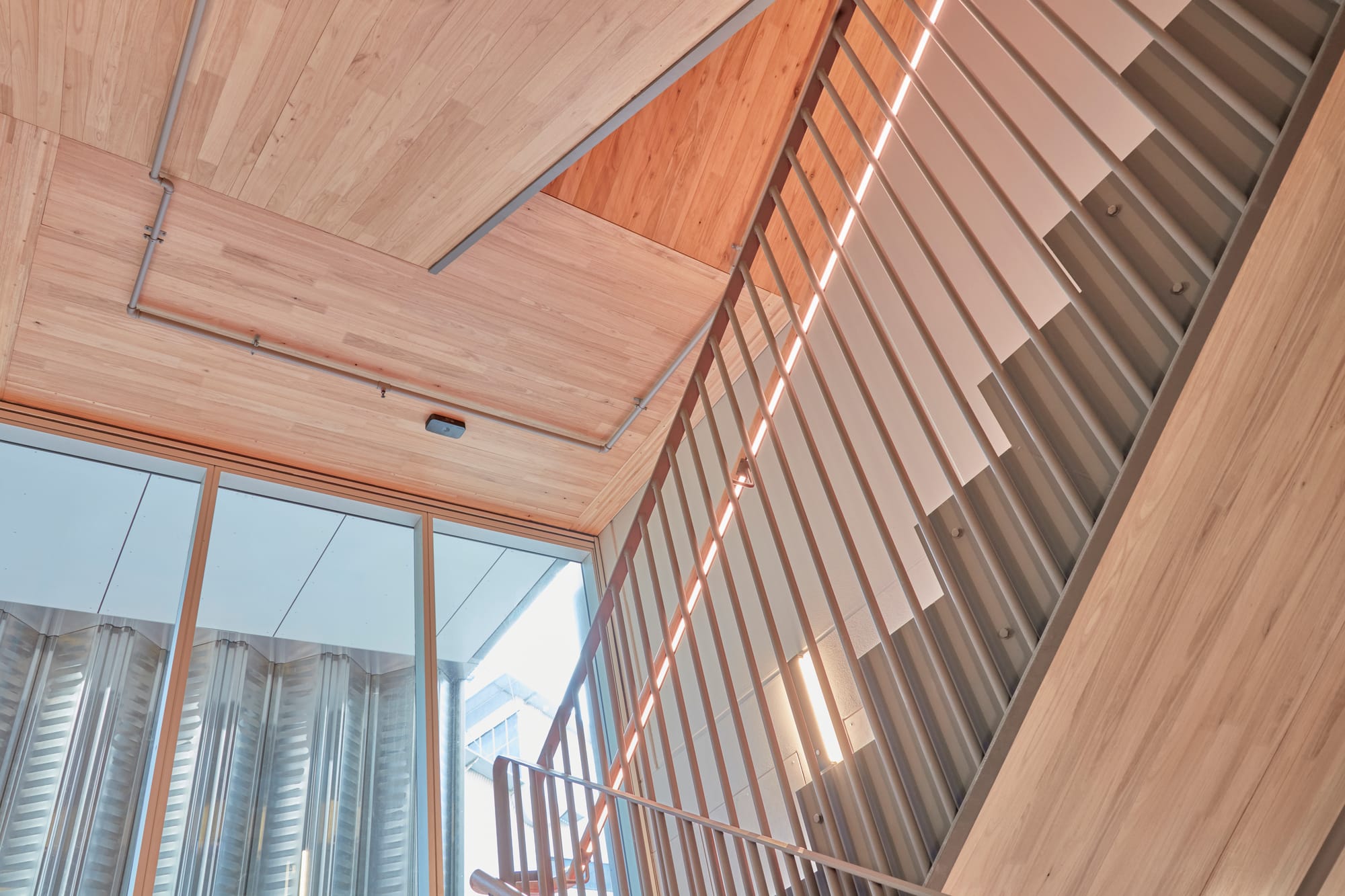
Tasmanian Timber Series: River's Edge. Photography: Dave Groves
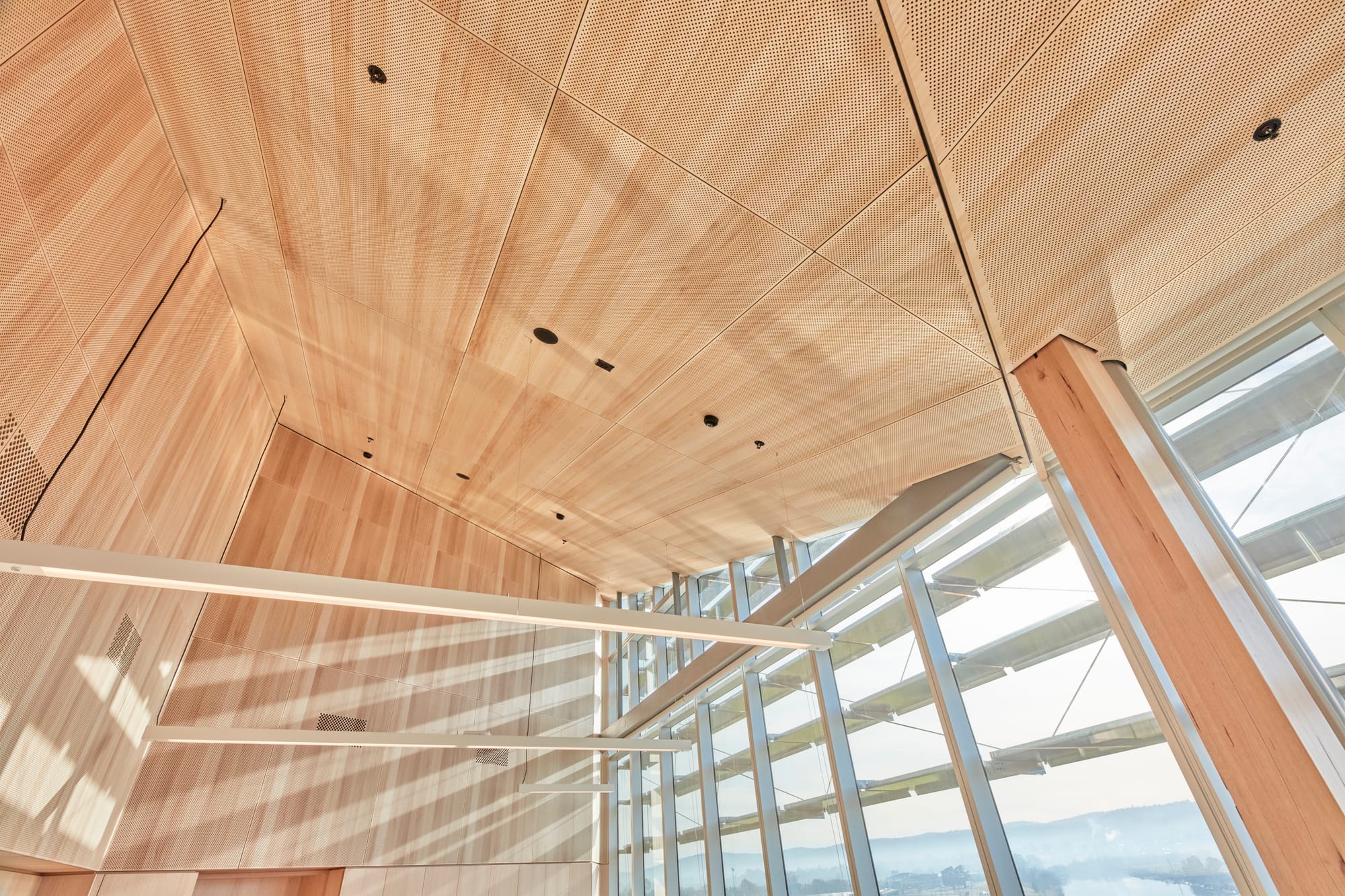
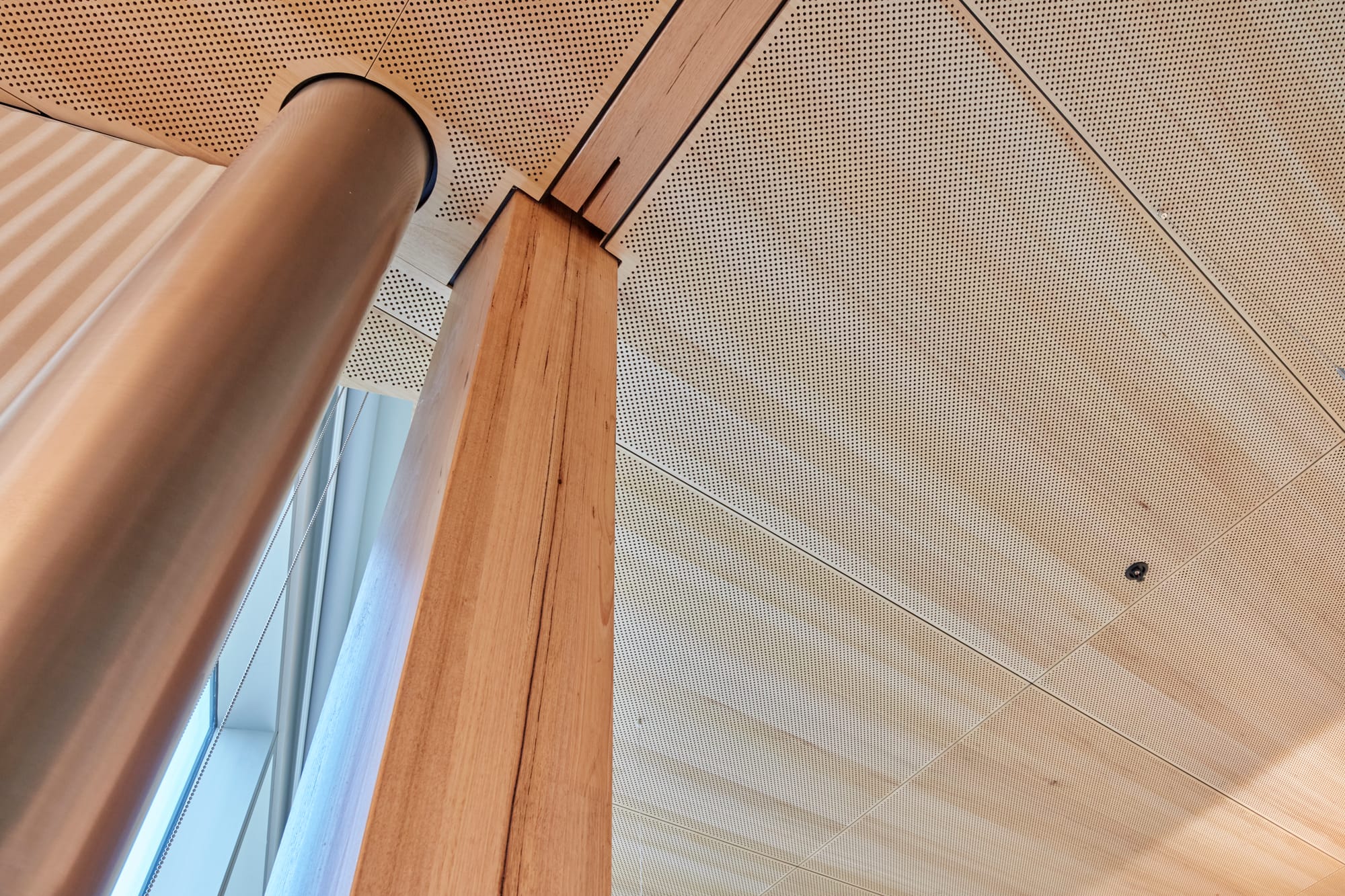
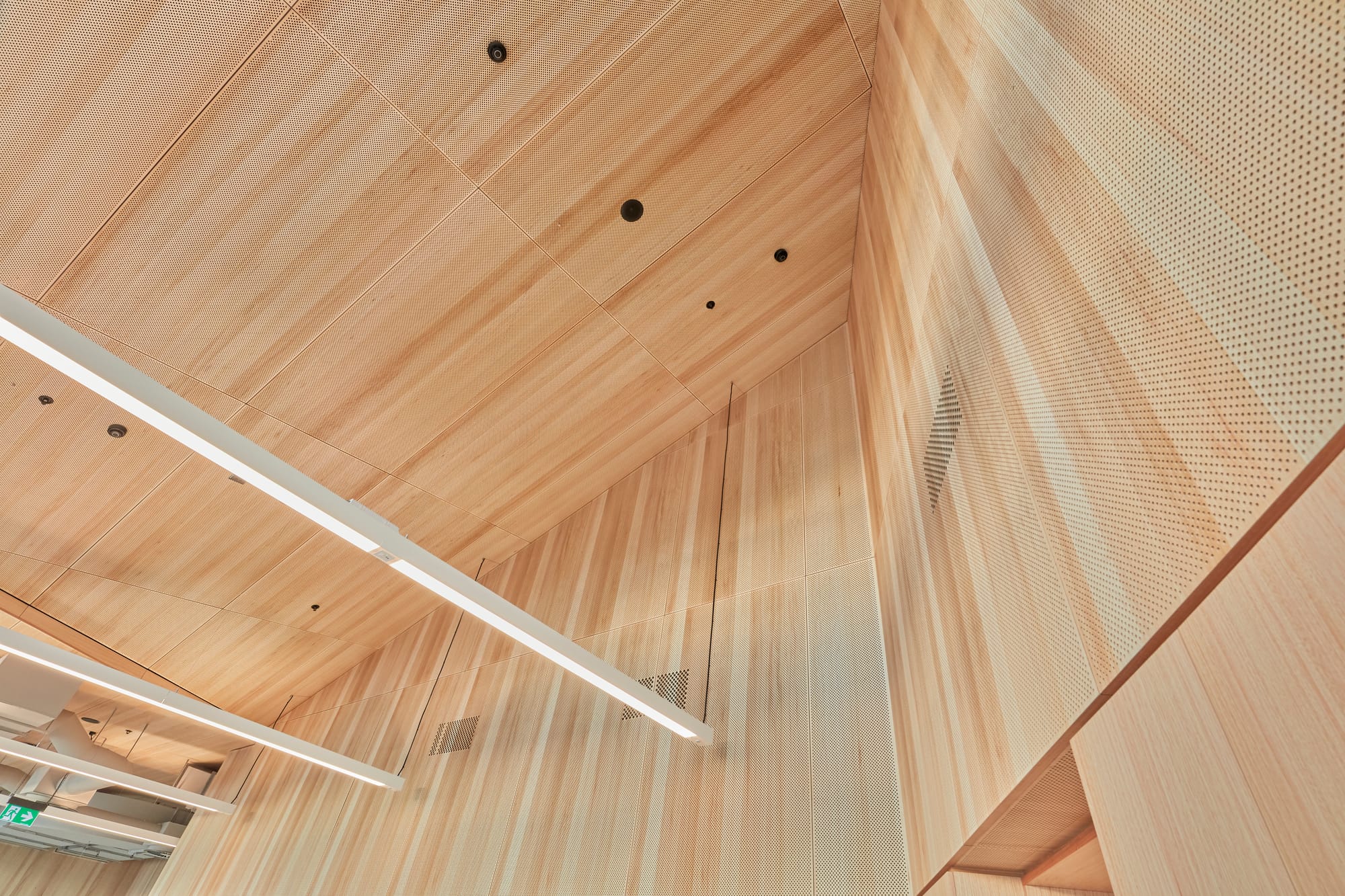
Tasmanian Timber Series: River's Edge. Photography: Dave Groves


